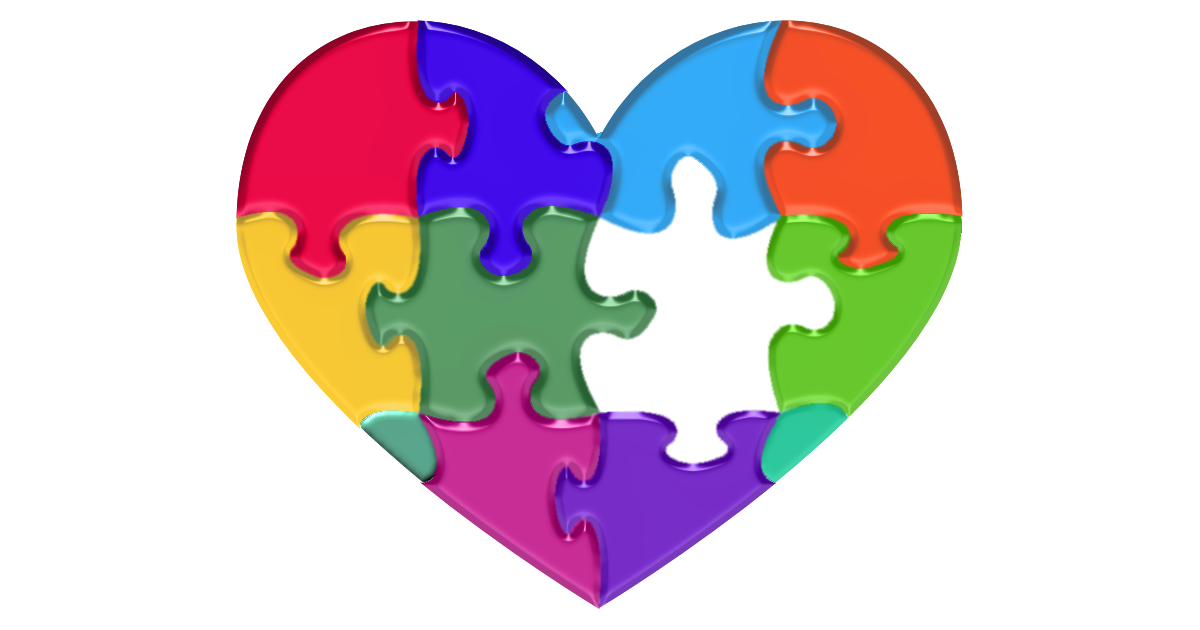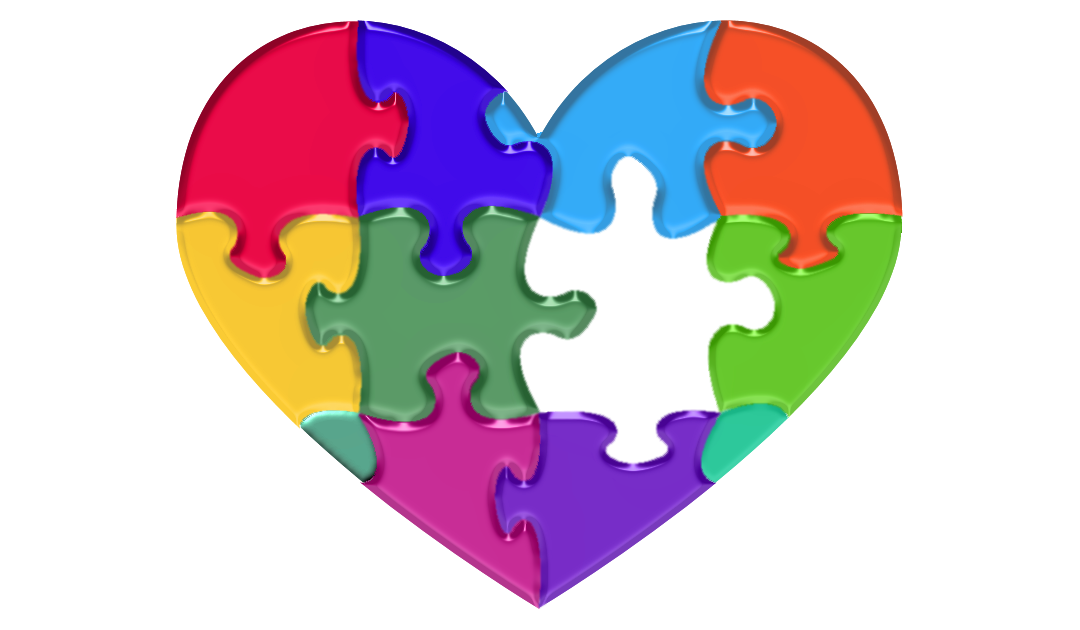
There are some myths about autism that should be cleared up. The most important of these is that autism is often believed to be associated with mental retardation. But they are completely wrong. An individual with an extremely high IQ can have intense autistic symptoms.
Autism does not mean mental disability!
Many people do not know that autism is a developmental disorder and is not the same as an intellectual disability. There are young people with both autism and mental retardation, but by the former, we actually mean a developmental disorder of social skills. Many autistic teenagers have average or above-average intelligence.
It is so difficult to notice and identify the problem because autism can be very different from one individual to another. One has a very mild, hardly noticeable problem, and some have a very severe effect – that’s why autism is called “autistic spectrum disorder”.
Characteristics of autism
Nevertheless, some signs can help you recognize this disorder, so if you come face to face with it, you will understand better why an autistic young person does what they do. You will also be able to behave appropriately in the situation.
First, most autistic children avoid the company of others, preferring to be alone because they usually have difficulty communicating with others because they find it difficult to understand the hints and metaphors that other people use daily. Facial expressions do not necessarily mean the same to them as they do to others. To adapt, they need to learn these key cues.
The other big difference lies in the perception of autistic people: many of them report contains much information from their senses, often overwhelmed and confused. In fact, we are also exposed to the same number of stimuli, but our brain classifies and filters them according to their importance. That’s why we don’t become aware of every stimulus – only as much as our brain can still process.
Autism and behavior
Some autistic teenagers are quiet and withdrawn. Because they do not understand the importance of eye contact, they avoid it. Some people find it difficult to pronounce words, and others communicate with broad gestures. There is also an adolescent who is hyperactive due to autism. They don’t know how to manage tensions in a socially acceptable way, so they can become aggressive and have outbursts of anger.
Autistic teenagers generally have difficulty coping with change, so even the slightest change in their daily routine can upset them. In more severe cases, the autistic individual clings to certain objects and ideas and repeats certain habitual movements to exclude the outside world. Repetitive movements can be, for example, shaking hands, bending over, and rocking when nervous.
Understanding is the first step
Young people with autism learn from childhood how to understand the world around them and behave in the way expected by the environment. They don’t lack emotions; they just don’t know how to express them in a way others can understand. During years of work, they develop their ability to express and cooperate. The earlier they start dealing with an autistic child in this way, the greater the chance that he will be successful in social relations later on.
It is important that when we communicate with an autistic individual, we understand the limitations he lives with and recognizes the efforts he makes. Let’s show him patience and acceptance.
If you want to know everything about autism just subscribe
Get all the information from evidence-based materials


